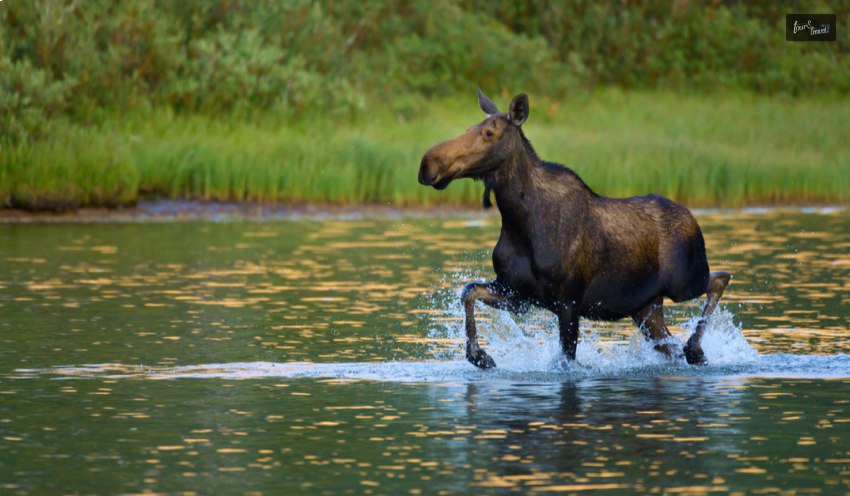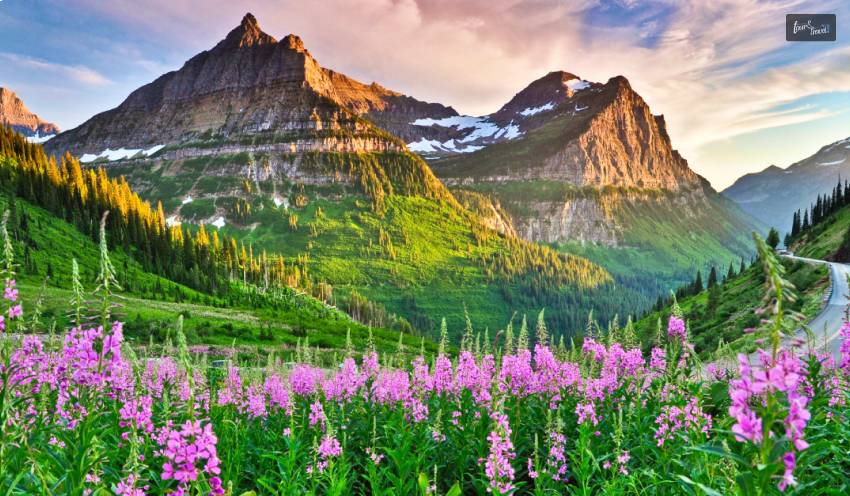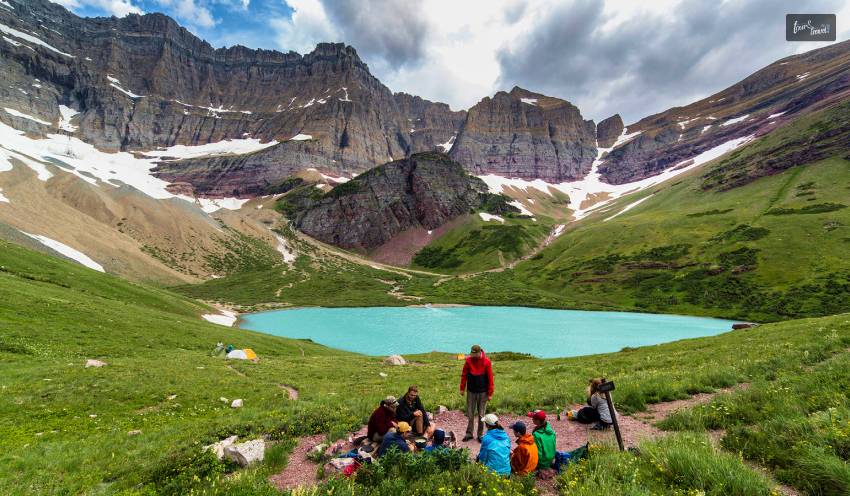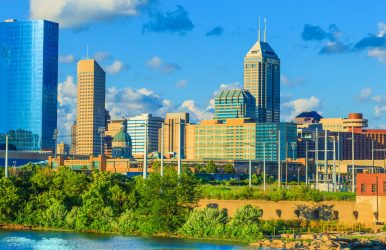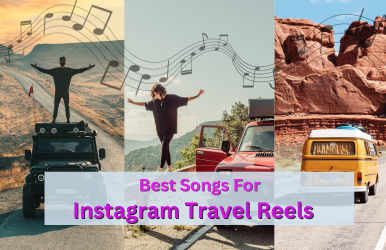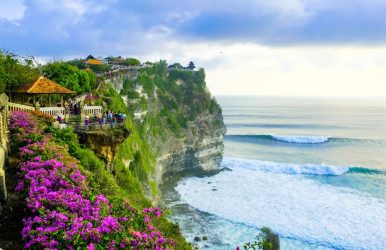Is Indianapolis Safe? Things You Must Know Before Planning An Indiana Tour
BY Sibashree Jan 30, 2025
Despite having famous cultural trails and many important museums in the USA, Indianapolis tourism has always been affected by safety concerns. Is Indianapolis safe? This is the question that people keep asking, considering the high crime rate. 2024 was a relatively good year for Indianapolis as the crime rates decreased from 2023. So, Indiana's public safety leaders are planning to keep the momentum with public safety plans. Further, there are endeavors to bring positive changes in the community. So, despite having a 43.82 crime rate and 100 homicides taking place in Indianapolis in 2024, it is making every effort to change for the better. Moreover, the homicide rate in the state has gone down consistently every year since 2021. So, is Indianapolis safe to travel to? You can travel to some parts of the state as they are safer. Do you want to know about these safer areas in Indianapolis? Here is the list with brief details about the places to visit. Is Indianapolis Safe? Yes, You Can Visit The Following Places Indianapolis has a crime rate way higher than the national average. However, that does not indicate that all parts of Indianapolis are crime-infested. For example, the downtown area and the neighborhoods in the northeast have higher crime rates. On the other hand, Greenwood, Carmel, and Zionsville have lower crime rates. So, learn where you will stay in Indianapolis during your next trip. 1. Zionsville In Boone County, Zionsville has remarkably maintained a low crime rate (1 in 1000). The first place of attraction in Zionsville is Traders Point Creamery. It is a 19th-century dairy barn promoting a farm-to-table culture in Zionsville. You can even visit the Fanimation Antique Fan Museum, Zionsville Nature Center, and the Starkey Nature Park in Zionsville. 2. West Lafayette If you want to live in a place filled with a youthful vibe, West Lafayette in Tippecanoe County will be your instant favorite. Here, the crime rate is low (1 in 1000). West Lafayette has many places of tourist attractions, and Purdue University is the best among them. The Ross-ade Stadium, Mackey Arena, Fort Ouiatenon, and Lily Nature Center are some favorites of locals and tourists in West Lafayette. 3. Fishers https://www.instagram.com/p/C7hOb1uuzmb/?img_index=1 Fishers, a growing suburb bordering Carmel, is one of the safest places to visit in Indianapolis. Ritchey Woods Nature Preserve is one of the most prominent tourist attractions in Fishers. Further, you can visit the Conner Prairie Museum, Flat Fork Creek Park, Cheeny Creek National Park, etc., to spend some time in nature at Fishers. 4. Highland Along the southern tip of Lake Michigan, Highland in Indianapolis is one of the safest places in Indianapolis. Highland is a great place to visit in Indianapolis, also its proximity to Chicago makes it accessible. 5. Brownsburg https://www.instagram.com/p/C9zvwB1OfSo/ Brownsburg has been growing in the last few decades, and when asked is Indianapolis safe or not, Brownsburg is the place you need to visit. Furthermore, Brownsburg has visitor attractions like Williams Park and Natural Valley Ranch. 6. Crown Point Lake County, in northwest Indiana, has Crown Point, one of the most peaceful places in Indianapolis. So, if you want to know is Indianapolis safe, Crown Point can be your go-to destination. Crown Point is also close to Chicago, and you will love the quintessential small-town vibe here. Moreover, the places to visit here are Lemon Lake County Park and Lake County Historical Museum. 7. Avon Avon in Hendricks County has the best amenities and is known for its public parks. Further, just 20 minutes away from Indianapolis, Avon, the newest community here, is also growing at the fastest pace. The places to visit are Washington Township Park, Avon Town Hall Park, and the most beautiful Avon Gardens. Moreover, don’t miss a bite of the pork tenderloin sandwich when you are in Avon. The Coachman Restaurant & Lounge is one such place for indulging in gastronomic delight. 8. Dyer Dyer, a safer place in Indianapolis, has many public parks. When in Dyer, you will get to drive along the Ideal Stretch. It was a manifestation of the vision of having a coast-to-coast rock highway by Carl G. Fisher. It was the first paved road in Indianapolis. Further, Meyer's Castle is an important historic landmark in the city. Moreover, don’t miss a gastronomic delight at DOC's Smokehouse & Craft Bar. Here, everything you get is made using fresh and local ingredients. 9. Carmel Carmel, nestled in Hamilton County, has the second-lowest crime rate in Indianapolis. You will find the Monon Trail here, where you can hike, bike, and explore the city hotspots. Further, Carmel will never disappoint you with its copious dining and entertainment options. You can visit the Clay Terrace, a community lifestyle center. Moreover, you can explore dining options here are Juniper on Main at 110 E Main Street, Carmel. It serves amazing crabs and deviled eggs; you can reach them at (317) 591-9254. 10. Greenwood Located in the Johnson County of Indianapolis, Greenwood has a Farmer's Market and a distinct vibe that distinguishes it from the hustle and bustle of Indianapolis. The places to visit are the Greenwood Park Mall, Old City Park, shopping malls, etc. Is Indianapolis Safe? A Tour And Travel Note On Safety Tips The Indianapolis Metropolitan Police Department (IMPD) works closely with the local community to maintain law and order in Indianapolis. Furthermore, the local people here are very welcoming. Still, you need to follow some safety tips if you are planning a trip to Indiana, and here they are! Do A Little Research About The Place You Want To Visit As I have already shared a list of safer areas in Indianapolis, you can choose your place to stay or vacation. Avoid Walking Alone At Night This is like a thumb rule when you are new to a city. So, even if you are staying in Zionsville or some of the safer places in Indianapolis, you must wander around the city alone. And you must especially avoid areas like the Canal Walk or Downtown at night. Seek Assistance From A Local Guide If you want to explore the nearby neighborhood or want to learn about Indianapolis culture, you can seek assistance from a local guide. Further, you can join a community tour conducted by a local tour operator if you are new to the city and want to explore new places. Also read Top 10 Most Popular Paraguay Food That You Must Try. Top 13+ Famous Wonders Of India That You Must Visit. Top Tips For Motorbike Rental In Phuket – A Guide To Exploring The Island On Two Wheels.



